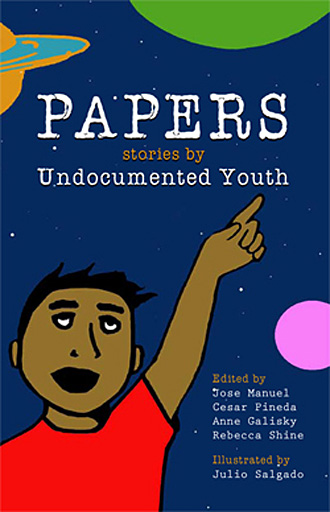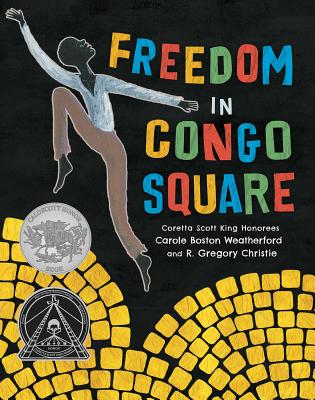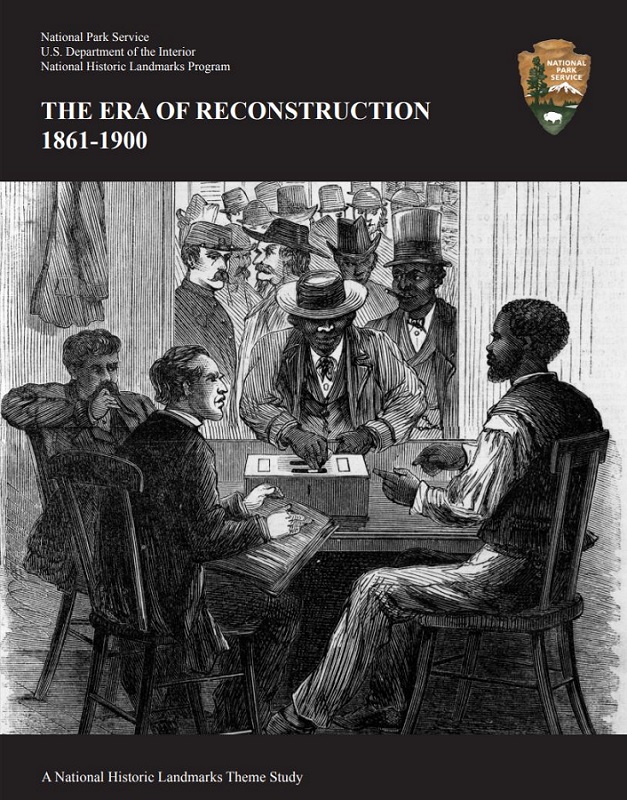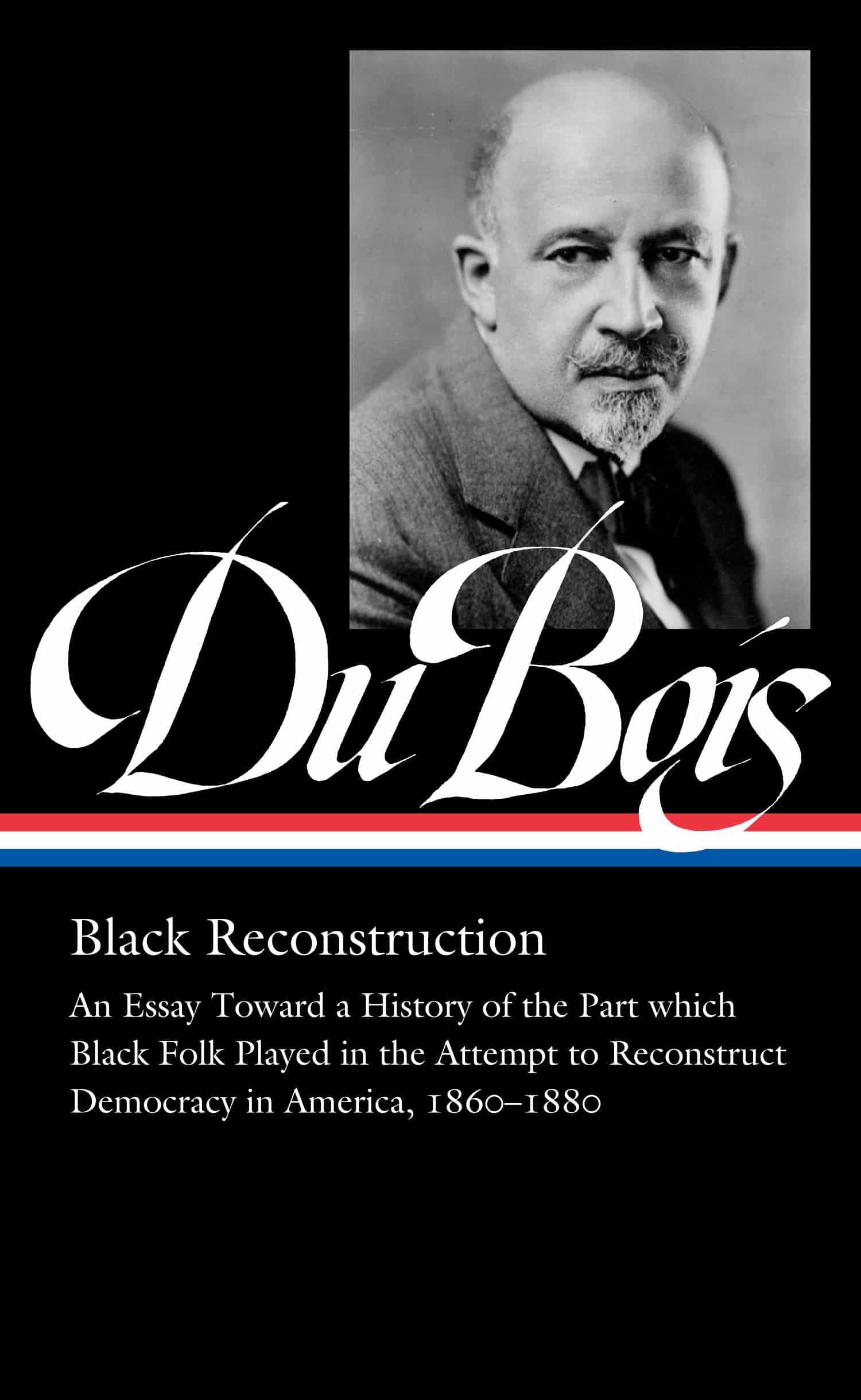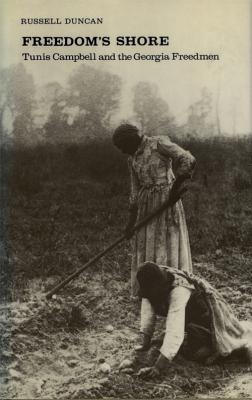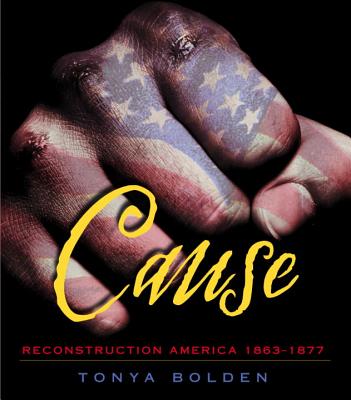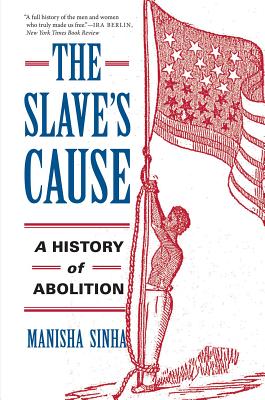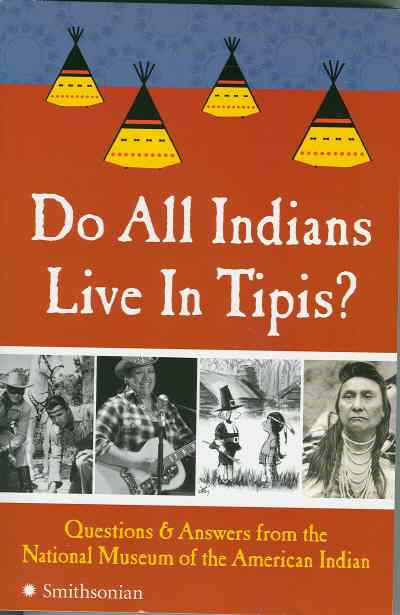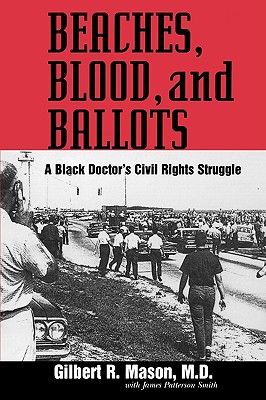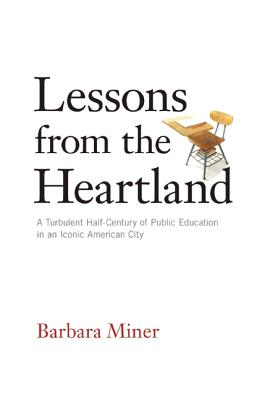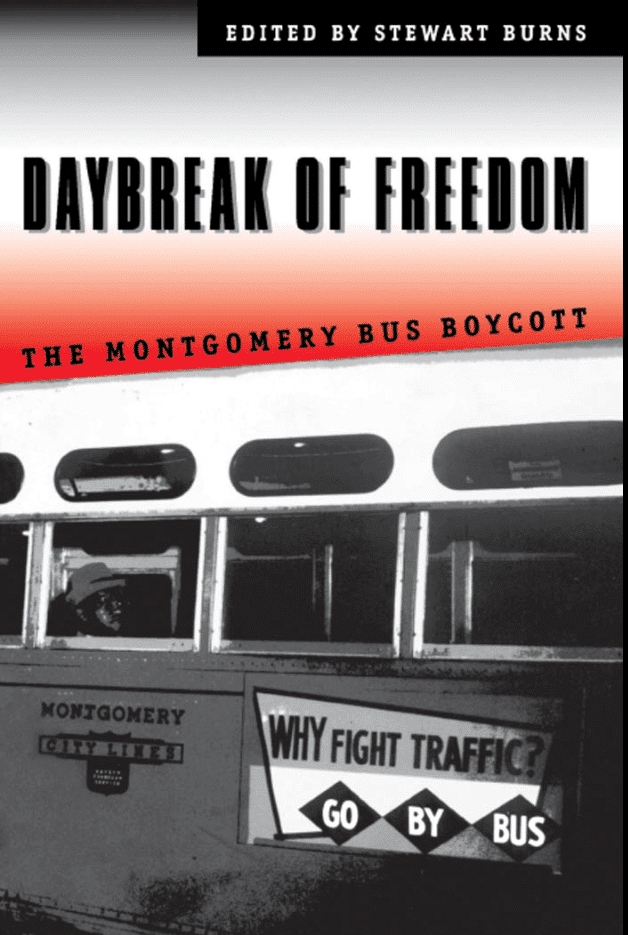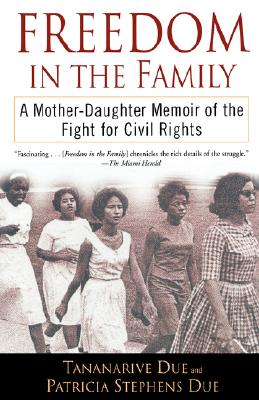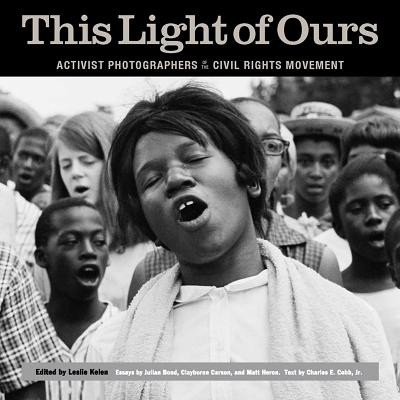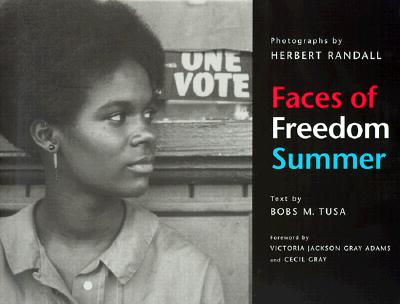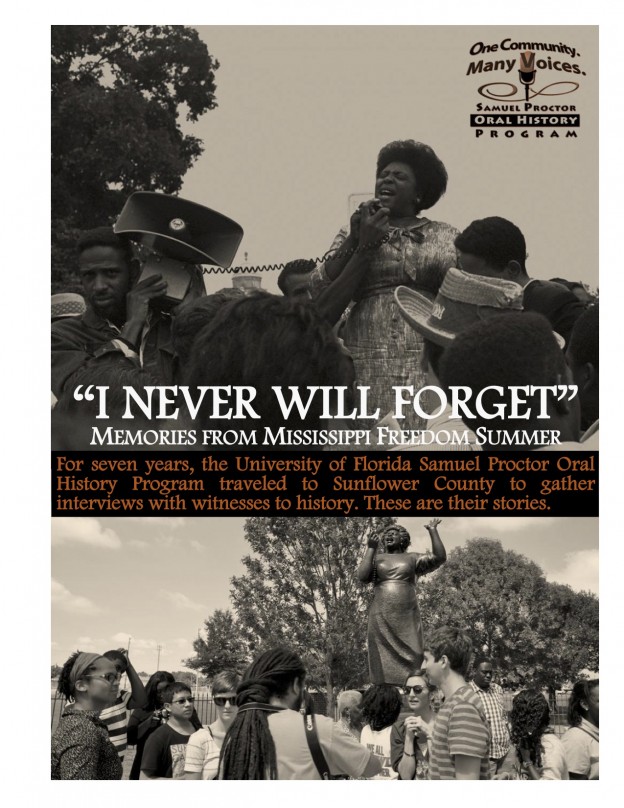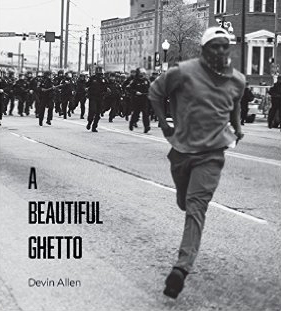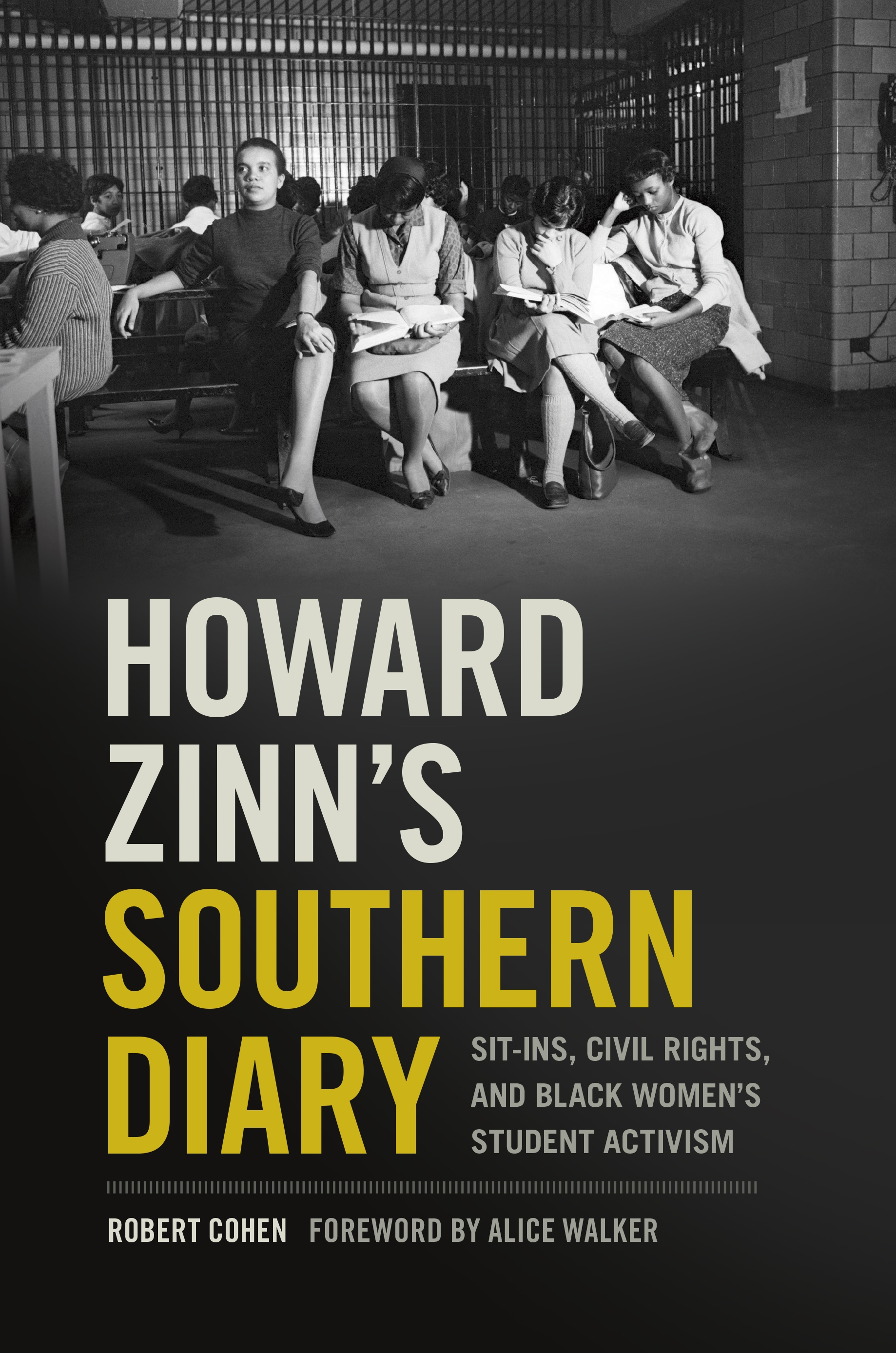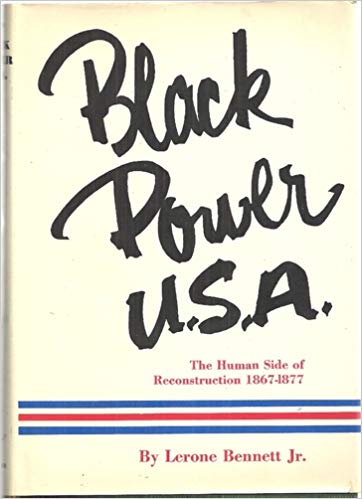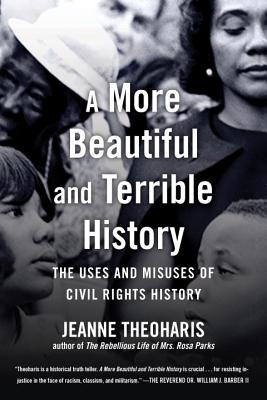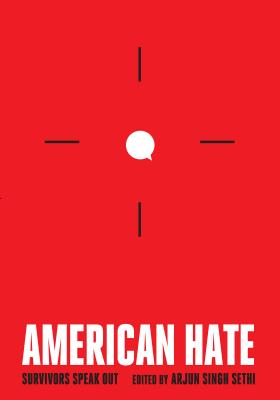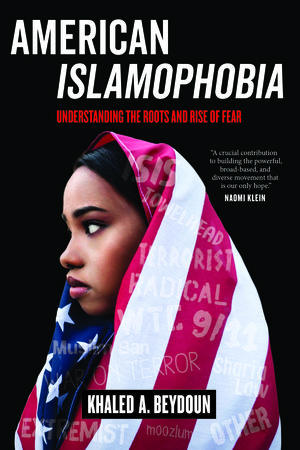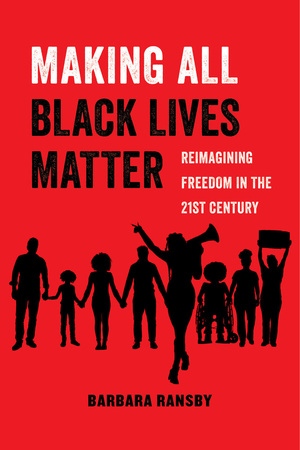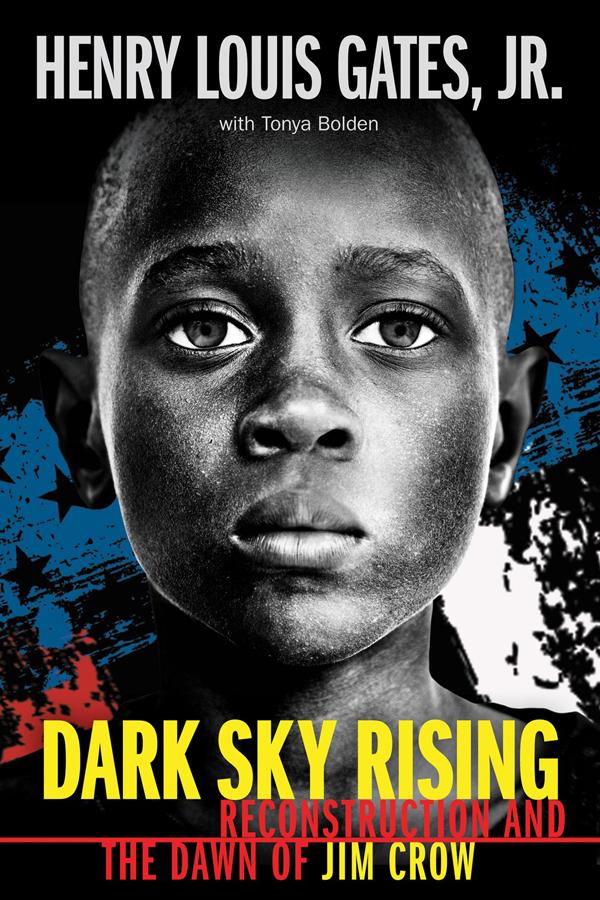Book — Non-fiction. Edited by José Manuel, Cesar Pineda, Anne Galisky, and Rebecca Shine. Illustrated by Julio Salgado. 2012. 84 pages.
Undocumented youth from around the world tell their stories with simplicity and intimacy in this student-friendly collection.
Continue reading
Book — Non-fiction. By Carole Boston Weatherford. Illustrated by R. Gregory Christie. 2016. 40 pages.
Introduces children to the brutality of slavery and the role of culture in resistance.
Continue reading
Book — Non-fiction. By National Park Service. 2017. 165 pages.
A theme study on the history of the Reconstruction era.
Continue reading
Book — Non-fiction. By W. E. B. Du Bois. Edited by Eric Foner and Henry Louis Gates. 2021. 1097 pages.
Originally published in 1935, Du Bois’ Black Reconstruction was the first book to challenge the prevailing racist historical narrative of the era and in sharp, incisive prose, tell the story of the Civil War and Reconstruction from the perspective of African Americans.
Continue reading
Book — Non-fiction. By Russell Duncan. 1986. 192 pages.
Freedom’s Shore tells the incredible story of Tunis Campbell, a Northern abolitionist minister who heads South after the Civil War to help freedpeople in Georgia.
Continue reading
Book — Non-fiction. By Tonya Bolden. 2014. 138 pages.
One of the few non-fiction texts on Reconstruction aimed at young readers, Cause is a strong alternative to the textbook treatment of the era.
Continue reading
Book — Non-fiction. By Manisha Sinha. 2017. 784 pages.
A groundbreaking history of abolition that recovers the largely forgotten role of African Americans in the long march toward emancipation from the American Revolution through the Civil War.
Continue reading
Book — Non-fiction. By National Museum of the American Indian. 2007. 256 pages.
Introduction to Native American history and contemporary culture.
Continue reading
Book — Non-fiction. By Gilbert R. Mason. 2007. 227 pages.
Dr. Gilbert R. Mason’s eyewitness account of the fight for racial justice on the Gulf Coast of Mississippi during the civil rights movement.
Continue reading
Book — Non-fiction. By M.J. O'Brien. 2014. 340 pages.
An up-close study of the story behind the iconic photographs of the Jackson, Mississippi sit-ins.
Teaching Activity by M.J. O'Brien
Continue reading
Book — Non-fiction. By Barbara Miner. 2013. 305 pages.
The history of public education in Milwaukee in the context of the broader story of racism in the rust belt.
Continue reading
Book — Non-fiction. Edited by Stewart Burns 1997. 392 pages.
A documentary history of the Montgomery bus boycott that reverberates with the voices of those closest to the boycott.
Continue reading
Book — Non-fiction. By Cynthia Levinson. 2012. 176 pages.
Tells the story of the 4,000 Black elementary, middle, and high school students who voluntarily went to jail between May 2 and May 11, 1963.
Continue reading
Book — Non-fiction. By Tananarive Due and Patricia Stephens Due. 2003. 416 pages.
An unforgettable story of a mother-daughter journey spanning two generations of Civil Rights struggles.
Continue reading
Book — Non-fiction. Edited by Leslie G. Kelen. 2012. 256 pages.
Presents the Civil Rights Movement through the work of nine activist photographers who lived within the movement and documented its activities by focusing on the student activists and local people who together made it happen.
Continue reading
Book — Non-fiction. Photographs by Herbert Randall. 2001. 132 pages.
A key collection of photographs for teaching about Freedom Summer in 1964 Mississippi.
Continue reading
Book — Non-fiction. Edited by Sarah Blanc. 2014. 115 pages.
A collection of interviews conducted by the Samuel Proctor Oral History Program over seven years in Sunflower County, Mississippi. The stories provide a powerful first person introduction to the history of the Mississippi Civl Rights Movement.
Continue reading
Book — Non-fiction. By Devin Allen. 2017. 124 pages.
Black life in Baltimore before and after the police murder of Freddie Gray and the uprising it produced, documented through short essays, poetry, and stunning photographs.
Continue reading
Book — Non-fiction. By Robert Cohen. 2018. 312 pages.
A historical overview and diary entries from Howard Zinn's years as an activist professor at Spelman College.
Continue reading
Book — Non-fiction. By Lerone Bennett Jr. 1967. 426 pages.
A bottom-up, student friendly text about the people's history of Reconstruction.
Continue reading
Book — Non-fiction. By Jeanne Theoharis. 2018. 282 pages.
A non-academic, popular historiography that challenges educators to revamp curriculum to include a fuller, more critical history of the Civil Rights era.
Continue reading
Book — Non-fiction. Edited by Arjun Singh Sethi. 2018. 192 pages.
Testimonials from people impacted by hate before and after the 2016 presidential election.
Continue reading
Book — Non-fiction. By Khaled Beydoun. 2018. 264 pages.
Describes the many ways in which law, policy, and official state rhetoric fueled the resurgence of Islamophobia in the United States
Continue reading
Book — Non-fiction. By Barbara Ransby. 2018. 240 pages.
"A love letter to the organizers in the Movement for Black Lives, and a tribute to their increasingly expansive vision."
Continue reading
Book — Non-fiction. By Henry Louis Gates Jr. with Tonya Bolden. 2019. 240 pages.
Readers trace the rise and fall of racial equity during Reconstruction as increasingly violent white supremacy and new forms of oppression take hold at the turn of the 20th century.
Continue reading

